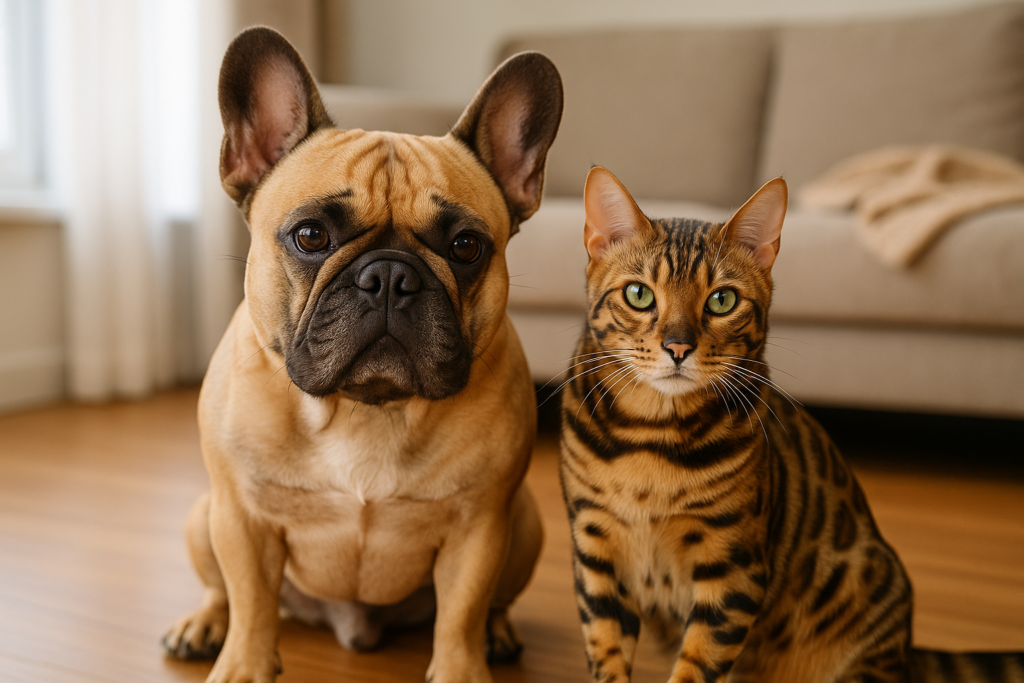
From frenchies to Bengals, meet the high-demand pets that can turn passion into profit, if you’re ready for the work behind the cuteness.
1. French Bulldog

French Bulldogs are the most profitable dog breed in the U.S., with prices ranging from $3,000 to $7,000, and rare colors reaching up to $10,000. They overtook Labrador Retrievers as the most popular breed in 2022, and breeders can earn over $40,000 annually from two litters. However, breeding these lovable pups is costly and complex. Over 80% need artificial insemination and C-sections, adding $1,500 to $3,000 per pregnancy. They’re also prone to health issues, including breathing problems. Their cute faces and city-friendly size make them Instagram favorites, but breeders must navigate serious ethical and health concerns, with some states rethinking breeding practices due to respiratory risks. Source: Forbes
2. Bengal Cat
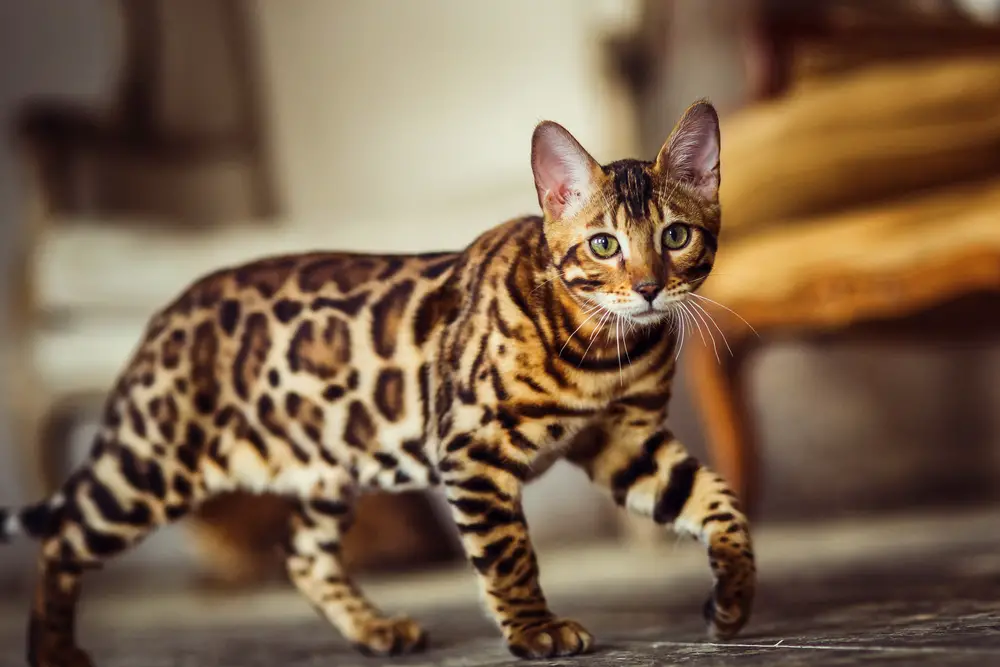
Bengal cats combine wild beauty with domestic charm, boasting exotic rosette-patterned coats and a commanding presence. Pet-quality Bengals sell for $1,500 to $4,000, with rare kittens reaching $10,000. Breeders can earn over $30,000 annually from just two litters, especially in urban areas where these hypoallergenic cats are in high demand. However, Bengals require extensive socialization, space, and health testing for conditions like hypertrophic cardiomyopathy and progressive retinal atrophy. They’re energetic, vocal, and highly intelligent, making them a serious commitment for breeders, but their loyal following and high profit potential make them worth the effort. Source: TICA, CatTime
3. Cavalier King Charles Spaniel

The Cavalier King Charles Spaniel, small, sweet, and irresistibly charming, is beloved by families and upscale breeders alike. These affectionate lap dogs typically sell for $2,000 to $3,500, with show-quality or champion bloodline pups fetching even higher prices. Breeders can earn $20,000 to $40,000 annually from just two litters of 4 to 6 puppies, provided there’s healthy demand and proper care. However, this popularity comes with challenges, as Cavaliers are prone to mitral valve disease, a heart condition requiring lifelong monitoring. Ethical breeders must perform regular cardiac screenings, eye exams, and genetic testing for conditions like episodic falling syndrome and curly coat dry eye. These expenses, along with the breed’s gentle, indoor nature, mean breeders must invest in extensive vet care and socialization. Still, their sweet temperament and elegant looks ensure steady demand, particularly among retirees and young families. Source: American Kennel Club
4. Savannah Cat
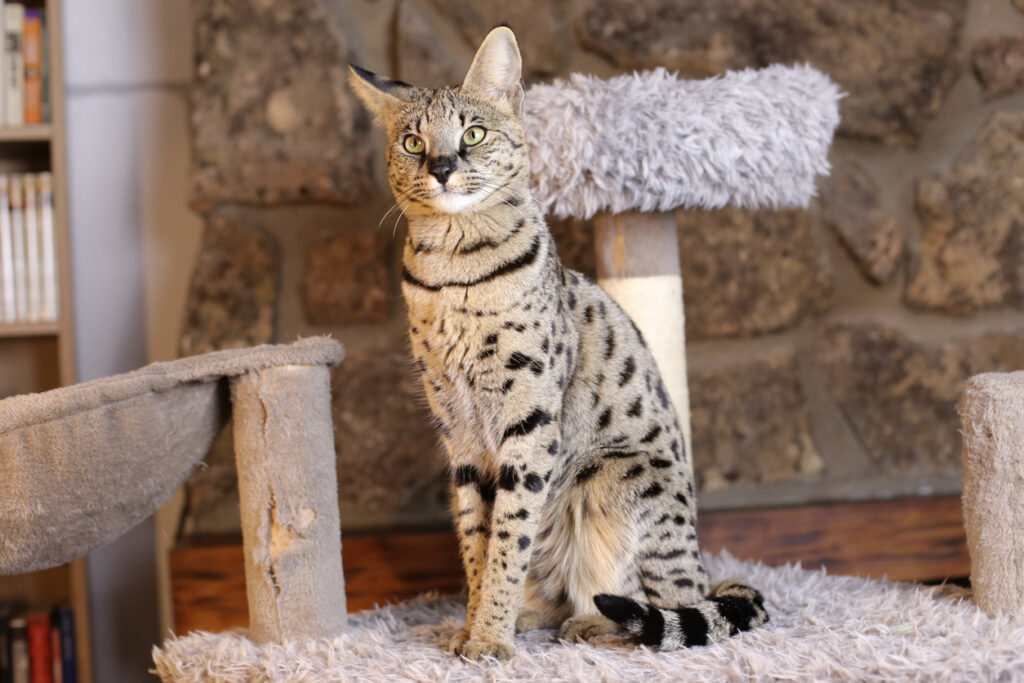
Part exotic animal, part affectionate companion, the Savannah cat is one of the most expensive and controversial breeds in the U.S. A cross between a domestic cat and the wild African serval, Savannahs are valued for their tall bodies, spotted coats, and dog-like loyalty. First-generation (F1) Savannahs can sell for $12,000 to $20,000, while later generations (F3–F5) typically range from $2,500 to $7,000. With litter sizes averaging 3 to 5 kittens, breeders with successful F2 or F3 litters can generate $20,000 to $30,000 annually. However, breeding Savannahs isn’t like raising standard house cats. F1 and F2 generations require special licensing, larger enclosures, and raw meat diets, and their high intelligence makes them curious and potentially destructive if not properly stimulated. Some areas even restrict ownership due to their wild lineage. For breeders who adhere to USDA or TICA guidelines, though, Savannahs offer the payoff of a uniquely loyal pet with high-end appeal. Source: TICA
5. English Bulldog
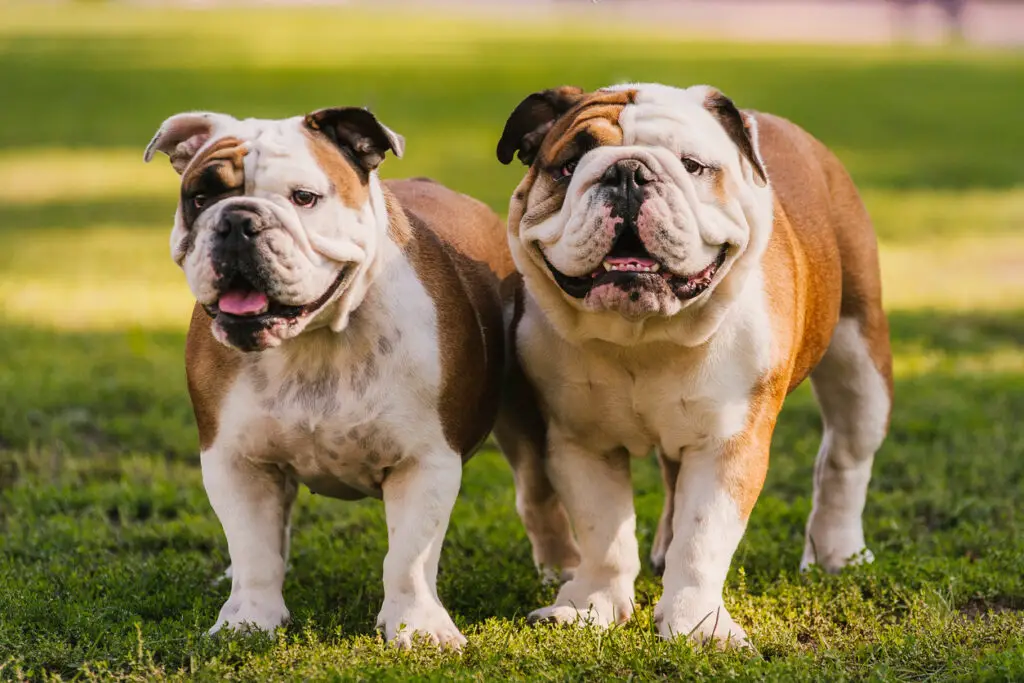
With their iconic wrinkles and waddling charm, English Bulldogs are one of America’s most recognizable and profitable dog breeds. Puppies often sell for $2,500 to $5,000, especially from champion bloodlines or rare colors like lilac or chocolate. With an average litter size of 4 puppies, breeders can gross $20,000 to $35,000 annually from just two litters per year. Bulldogs’ steady popularity is fueled by their compact size, gentle nature, and unmistakable appearance, making them favorites among families and influencers. However, breeding them isn’t for amateurs. Over 90% of litters require C-sections, and Bulldogs are prone to health issues like hip dysplasia, skin infections, and respiratory problems. Ethical breeders invest thousands in health screenings and vet care, but for those committed to careful breeding, Bulldogs remain a high-reward endeavor. Source: The Independent
6. Toy Poodle

The Toy Poodle may be small in size, but it’s big in market value. Known for their intelligence, hypoallergenic coats, and show-ring elegance, Toy Poodle puppies sell for $2,000 to $4,000, with top-tier pups reaching $5,000 or more. With average litter sizes of 2 to 5 puppies and up to three litters in their lifetime, breeders can gross $15,000 to $30,000 annually. Their allergy-friendly reputation makes them especially popular among urban professionals and older adults. However, breeding Toy Poodles requires dedication, they need regular grooming, dental care, and socialization to avoid anxiety. Ethical breeders must screen for health conditions like progressive retinal atrophy and patellar luxation. With high competition, breeders must prioritize both genetic quality and presentation. Source: American Kennel Club
7. Ragdoll Cat

With their striking blue eyes, plush coats, and docile personalities, Ragdoll cats have carved out a lucrative niche in the pet world. These large, affectionate cats typically sell for $1,500 to $3,500, with show-quality or mink Ragdolls reaching up to $4,000 or more. With average litter sizes of 5 to 7 kittens, breeders can gross $20,000 to $40,000 annually from two litters, especially by building a reputation for healthy, socialized kittens. Their laid-back temperament makes them popular, but breeding Ragdolls requires careful attention to their health. They’re prone to hypertrophic cardiomyopathy (HCM), so ethical breeders invest in DNA testing and echocardiograms. Their long coats need regular grooming, and their limp nature when held requires gentle handling. While perfect for families and therapy settings, they’re not suited for outdoor life and need consistent, careful care to thrive. Source: Cat Fanciers’ Association
8. Doberman Pinscher

Sleek, powerful, and fiercely loyal, the Doberman Pinscher remains one of the most profitable working breeds in the U.S. Well-bred Doberman puppies typically sell for $2,500 to $4,000, with European bloodlines or protection-trained pups reaching $6,000 to $10,000. With average litters of 6 to 8 puppies, a single female can generate $30,000 to $60,000 annually, especially for breeders focused on temperament, athleticism, and conformation. However, breeding Dobermans requires expertise beyond demand. These dogs need extensive socialization and mental stimulation to avoid aggression or anxiety, and health screenings are crucial, as the breed is prone to dilated cardiomyopathy (DCM) and von Willebrand’s disease. Reputable breeders invest thousands in genetic testing and cardiac evaluations. Despite the costs, Dobermans are highly sought after by a market looking for both beauty and brains in a personal protection or family dog. Source: Doberman Pinscher Club of America
9. Maine Coon Cat
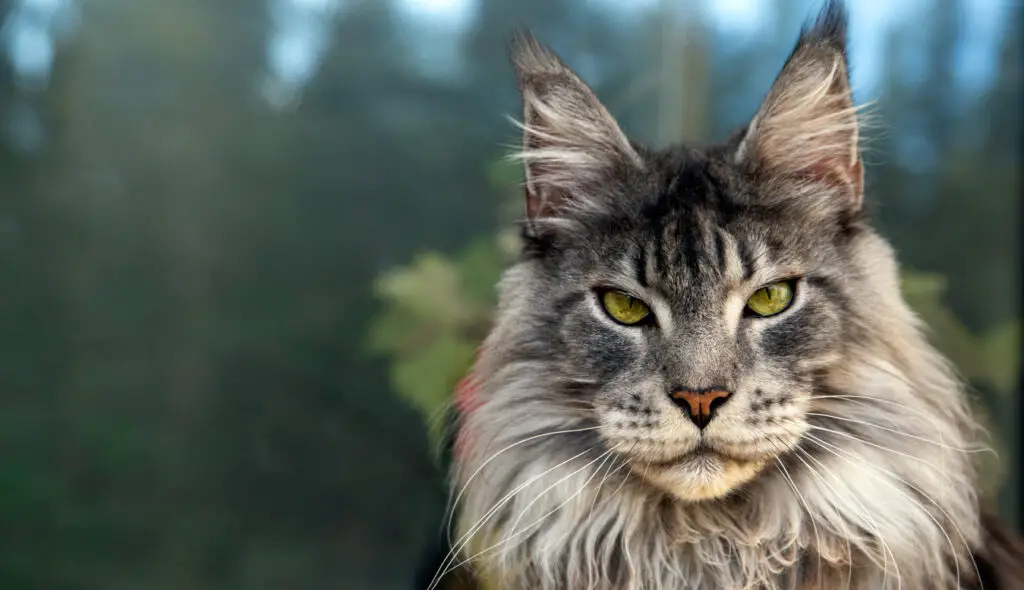
Known as the “gentle giants” of the cat world, Maine Coons are massive in both size and profit potential. These fluffy, sociable cats typically sell for $1,500 to $3,000, with rare colors or champion bloodlines fetching up to $4,500. With litters of 4 to 6 kittens and breeders often producing two litters per year, annual earnings can reach $20,000 to $35,000, especially when paired with high-quality pedigrees and solid marketing. However, Maine Coons require regular grooming to prevent mats in their thick coats and are prone to conditions like hip dysplasia and hypertrophic cardiomyopathy (HCM), meaning breeders must invest in DNA screening and orthopedic evaluations. Their popularity is driven by their dog-like behavior, patience with children, and ability to thrive in colder climates. For breeders who balance health, temperament, and size, the Maine Coon offers both satisfaction and sustainability. Source: Cat Fanciers’ Association
10. Golden Retriever (Champion Line)

Golden Retrievers are already one of America’s favorite breeds, but champion-line Goldens take profitability to another level. While standard Golden puppies sell for $1,500 to $3,000, those from titled show or field trial bloodlines can command $4,000 to $6,000 or more. With litters averaging 6 to 10 puppies and high demand for both companion and competition dogs, breeders focusing on quality lines can earn $40,000 to $70,000 annually from just two litters. However, the work behind that income is substantial. Maintaining a champion line requires show participation, health clearances, and genetic tracking across several generations. Ethical breeders screen for hip and elbow dysplasia, progressive retinal atrophy (PRA), and heart conditions through organizations like the Orthopedic Foundation for Animals. Socialization and training are essential, especially for service or sport dogs. For breeders treating it as a profession, Goldens offer both emotional and financial rewards. Source: American Kennel Club
Final Takeaway: Cute Doesn’t Mean Easy—But It Can Mean Profitable

Whether it’s a velvet-nosed Frenchie or a wild-eyed Savannah, every high-dollar breed on this list shares two things: demand and difficulty. While top breeders can gross $20,000 to $70,000 annually per animal, those earnings come with high overhead, medical testing, ethical compliance, and round-the-clock care. Breeding is not a passive side hustle; it’s a hands-on, emotionally involved commitment that requires both business savvy and heart. For those who do it right, though, the rewards go beyond profit. You’re shaping a living legacy, raising animals that bring companionship, joy, and even service to others. But before chasing the income, ask yourself: Are you ready for the hours, heartbreaks, and responsibilities behind those big, glossy eyes? In the end, passion should lead the way, because in this business, love for the breed is the only thing more essential than a solid business plan.
Before You Buy, Consider Adoption
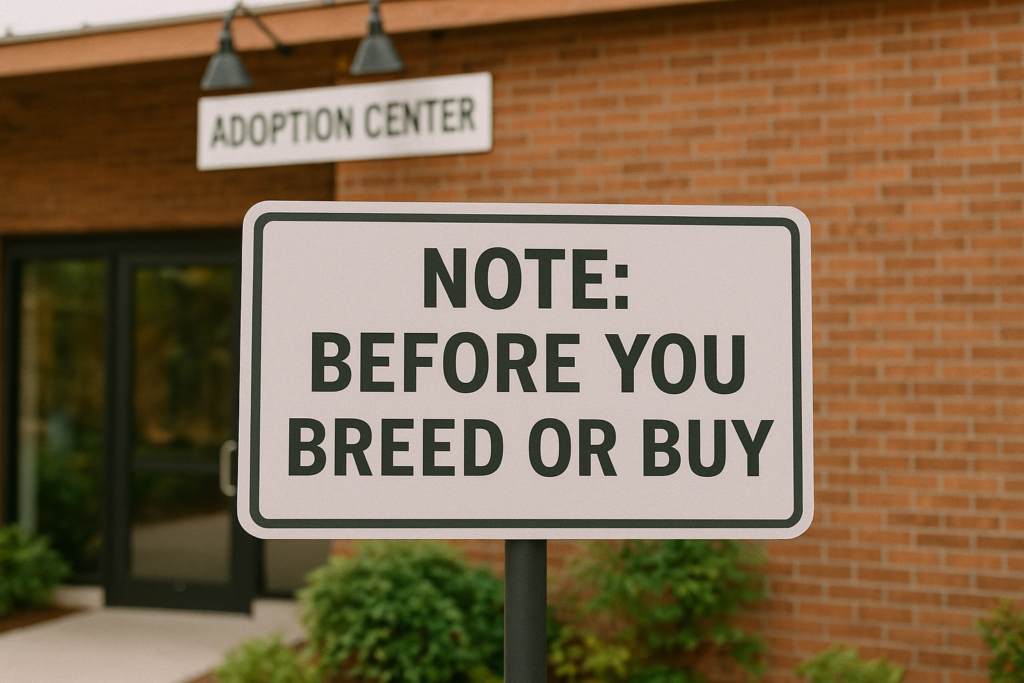
While the allure of a purebred pet can be strong, it’s important to remember that millions of animals in shelters are still in need of loving homes. If you’re set on a specific breed, consider looking for a breed-specific rescue group. There are many rescues dedicated to finding homes for purebred pets, so you can still fulfill your desire for a particular breed while giving a shelter animal a second chance. Whether you’re raising purebreds or adopting, compassion should always guide your decision.
This story, The 10 Most Profitable Breeds in America – And What It Takes to Raise Them Right was first published on dailyfetch.net.


